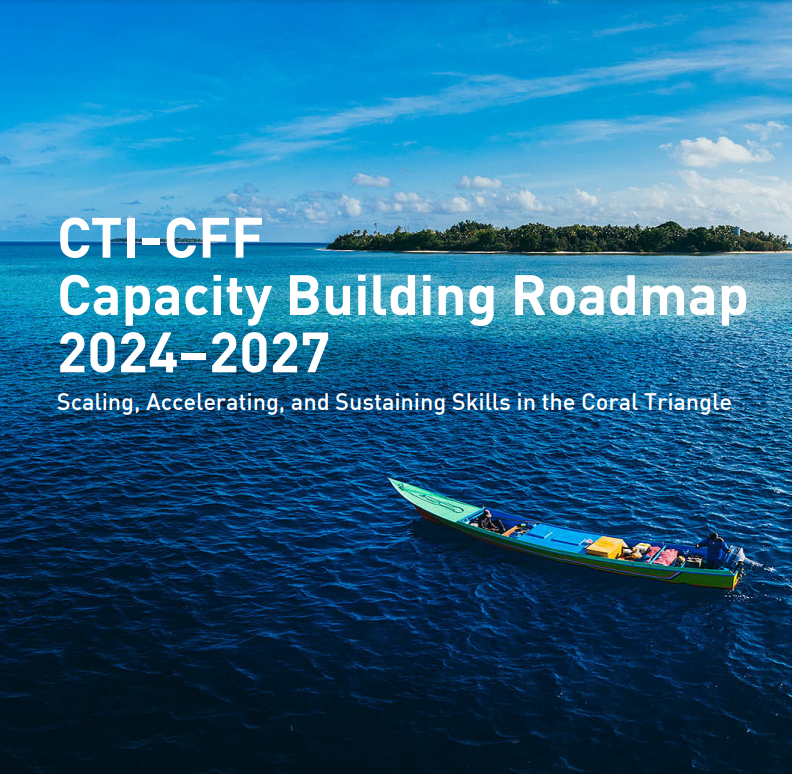Six Priority Fisheries Management Areas Proposed for Timor-Leste
Timor-Leste should prioritize fisheries management areas in six sites along its North Coast to ensure the efficiency of investments in the protection and management of the Lesser Sunda Ecoregion.
This is the key finding from an analysis by Conservation International (CI) contained in a report published recently with the support of the Australian Government.
In the preface to the report, Timor-Leste’s Secretary of State for Fisheries and Aquaculture, the Hon. Rafael Pereira Gonçalves, endorses the finding, noting that the identified areas for priority action are “key sites that are important for fisheries productivity, which the government recognizes as priority sites to be pursued for improved management.”
Mr Gonçalves adds, “This report provides the preliminary notes to guide discussions about investments in managing Timor-Leste’s coastal and marine resources.”
Prepared with the cooperation of the Timor-Leste Government, the report identifies the priority sites as Atauro, Batugade, Behau, Metinaro, Buruma and Mehara. These sites, or parts of them, are not included the marine protected area (MPA) network design that was put together by The Nature Conservancy (TNC) in 2009 to guide the Governments of Indonesia and Timor-Leste in the development of a resilient network of MPAs in the Lesser Sunda Ecoregion.
The Lesser Sunda, which extends from Bali, Indonesia to Timor-Leste, is one of 11 ecoregions in the Coral Triangle.
“The preliminary analysis for the Lesser Sunda MPA design. . . has certain gaps; there are habitats and ecological features that did not show up as important in the initial design due to the paucity of data at the time,” the report notes, adding that several ecologically important sites proposed in the design also have experienced “considerable damage.”
More recent data, including data collected by the US National Oceanic and Atmospheric Administration (NOAA) in 2013, show the importance, from a fisheries sustainability perspective, of certain areas that were not captured in the 2009 analysis. For example, only a part of Atauro Island is included in the 2009 design but new data suggest that the entire marine habitat surrounding the island is of ecological importance and crucial to the livelihoods of local communities.
“Data from NOAA [have] clearly shown correlations between fish biomass and population density in different parts of the island. Furthermore, fish biomass within the proposed protected areas was markedly lower than in sites under no form of management but with lower population densities,” the report says. It recommends that the entire island should be considered a management priority zone.
The report also notes that there are a number of key sites that are significantly smaller than those in the Lesser Sunda MPA design but “would be useful to focus management towards in order to achieve maximum replenishment benefits in the short to medium term.”
In his preface, Mr Gonçalves expresses hope that the report “marks the first step in a journey towards the development of a Policy and Strategy for Sustainable Development of the Marine Fisheries Sector in Timor-Leste.”
To view the CI report, click here.
To view TNC’s 2009 report on the development of a scientific MPA network design for the Lesser Sunda Ecoregion, click here (external link).



